描述
PPS材料性能
所有先进工程塑料最广泛的耐化学品性
改进了PPS的尺寸稳定性和热性能
将强度保持在425ºF以上
对蒸汽、强碱、燃料不敏感,酸
最小吸水率
优良的电绝缘体
极低的线性热膨胀系数
聚苯硫醚材料性能
产品详细信息
PPS材料属性
着色:
背景色为深棕色钯色,因此染色范围有限。PPS产品可在某些恶劣条件下使用(如高温),这些条件也仅限于颜色范围。
吸水率很小(0.05%),但矿物填料级的吸水率可能会增加。然而,加工过程中加热很香,所以所有材料都应该干燥。最好使用除湿干燥器(温度高达175℃)在150℃下烘烤3小时,普通烤箱甚至需要6小时。退火(通常在225℃烘烤2至4小时)可以获得最佳的尺寸稳定性、热稳定性、硬度、结晶度和260℃以上的热变形温度(HDT)。一般来说,热模具(135°C以上)可以产生足够的结晶度和良好的表面。但是,如果产品不需要耐热和稳定,可以使用冷冻模具(30-90℃)。这种(低结晶度)产品的HDT可能只有230℃。零件表面可能很差,但比(高结晶度)产品更坚固耐用。可在150℃至矿物填料级干燥3小时。
模具温度应为135°C。如果熔体温度为320℃,则每克材料必须消耗最多385焦耳的热量。比热为2080j/kgK。 由于填充聚合物的磨损问题,在选择钢材时也必须非常小心:应使用铬/钽/钒含量高的碳钢。模具表面必须通过热处理进行平滑和硬化,以形成光滑的产品表面,并使模具更耐用。常用的防腐方法是在钢板上涂上保护材料,如硬铬。模具可以用电加热(最高140°C),通常是箱式加热器,每千克重量0.5千瓦。 送料系统必须将纤维取向引起的焊接和翘曲的可能性降至最低。因此,模具形状和薄膜浇口是最合适的。由于PPS没有其他热塑性塑料的过饱和问题,因此无需使用平衡流道系统;热流道的效果也很好。此外,聚苯硫醚的收缩较小,因此喷嘴、型腔和型芯必须具有足够的拔模角度和磨削力。
流动路径:
粘合剂壁厚比:它完全取决于等级、熔融胶和模具温度,高达150:1(如果壁厚超过1mm),如果可以使用其他材料(如PA66)填充模具,即使PPS必须更高,仍然可以使用高填充压力。
投影区域: 如果夹紧力不足,会出现毛刺,产品表面很差。厚度大于3mm的产品应具有2tsi(31MNm²);薄产品应具有3tsi(47MNm²)。
射击筒设备:
喷嘴应配备切断阀,以防止材料溢出。开放式喷嘴(具有适当的温度控制)必须与减压装置和冷材料一起使用,且循环时间必须短且一致,方可接受。螺钉应配备一个回油阀。由于熔体的摩擦,必须定期维修储罐设备
关于PPS材料特性的详细信息,请立即联系我们
刘凯蒂
PPS Material Properties
Broadest resistance to chemicals of all advanced engineering plastics
Improved dimensional stability and thermal performance over PPS
Maintains strength above 425º F
Inert to steam, strong bases, fuels, and acids
Minimal water absorption
Excellent electrical insulator
Very low coefficient of linear thermal expansion
PPS Material Properties
Product Details
PPS material properties
Coloring:
The background color is dark brown palladium, so the dyeing range is limited. PPS products can be used in some harsh conditions (such as high temperature), and these conditions are also restricted to the range of colors.
Processing of plastics and products:
Water absorption is small (0.05%, but the water absorption of mineral filler grade may increase. Nevertheless, heating is fragrant for processing, so all materials should be dried. It is best to use a dehumidifying dryer (temperature up to 175℃) to 150 Bake at ℃ for 3 hours-Ordinary oven even takes 6 hours. Annealing (usually bake at 225 ℃ for 2 to 4 hours) can achieve the best dimensional stability, thermal stability, firmness, crystallinity and temperature above 260 ℃ Heat distortion temperature (HDT). Generally speaking, hot molds (above 135°C) can produce sufficient crystallinity and a good surface. However, if the product is not required to be heat resistant and stable, a frozen mold can be used (30-90℃). The HDT of such (low crystallinity) products may only be 230℃. The surface of the parts may be poor, but it is more rigid and durable than (high crystallinity) products. It can be 150℃ to mineral filler grade Dry for 3 hours.
Mold and gate design:
The mold temperature should be 135°C. If the melt temperature is 320℃, then each gram of material must consume at most 385 joules of heat. The specific heat is 2080j/kgK. Because of the wear problem of the filled polymer, you must be very careful when choosing steel too: carbon steel with high content of chromium/tantalum/vanadium should be used. The surface of the mold must be smoothed and hardened by heat treatment to create a smooth product surface and make the mold more durable. The commonly used anti-corrosion method is to plate with protective material, such as hard chrome. The mold can be heated by electricity (up to 140°C), usually a box heater, 0.5kw per kilogram of weight. The feeding system must minimize the possibility of welding and warping caused by fiber orientation. Therefore, the mold shape and film gate are the most suitable. Since PPS does not have the over-saturation problem of other thermoplastics, there is no need to use a balanced runner system; the effect of hot runners is also good. In addition, the shrinkage of PPS is small, so the nozzle, cavity and core must have sufficient draft angle and grinding.
Flow path:
Adhesive wall thickness ratio: It depends entirely on the grade, melt glue and mold temperature, up to 150:1 (if the wall thickness is more than 1 mm), if another material (such as PA66) can be used to fill the mold, even if the PPS must be higher High filling pressure can still be used.
Projection area: If the clamping force is insufficient, burrs will occur and the surface of the product is poor. Thick products (above 3 mm) should have 2tsi (31MNmˉ²); thin products should have 3tsi (47MNmˉ²).
Shooting cylinder equipment:
The nozzle should be equipped with a shut-off valve to prevent material overflow. The open nozzle (with proper temperature control) must be used together with a pressure reducing device and cold material, and the cycle time must be short and consistent to be acceptable. The screw should be fitted with a return valve. Due to the friction of the melt, the tank equipment must be repaired regularly.
Contactnowformoredetailsabout PPS material properties.
Kitty Liu< ###>







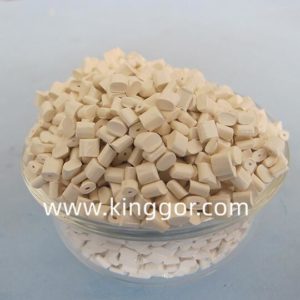
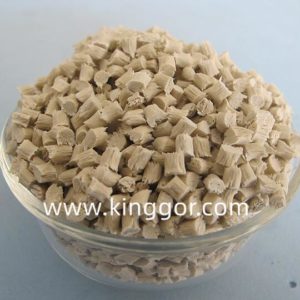

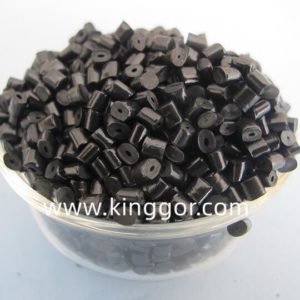
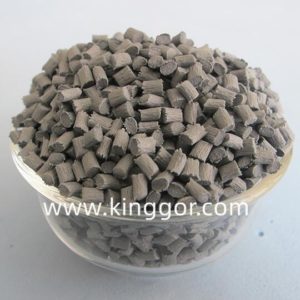
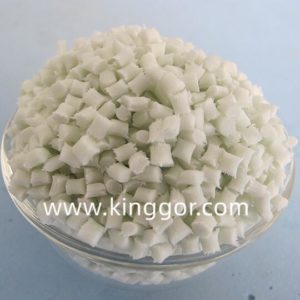

评价
目前还没有评价